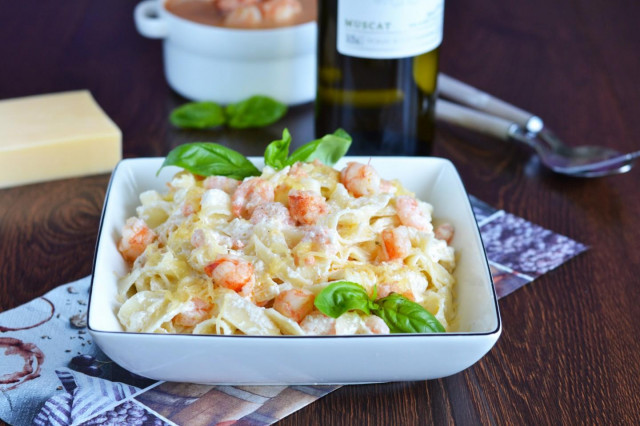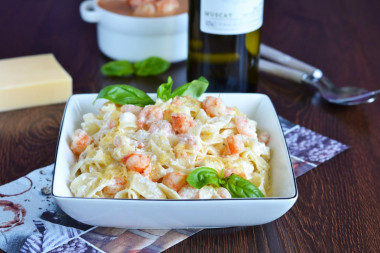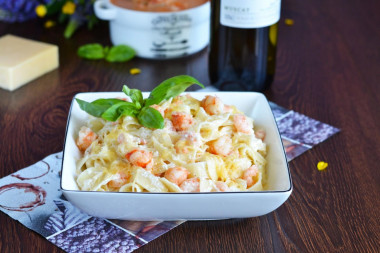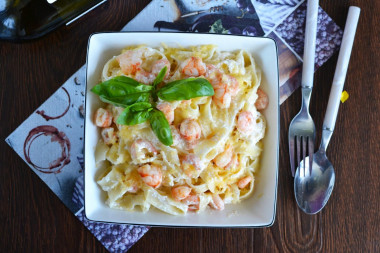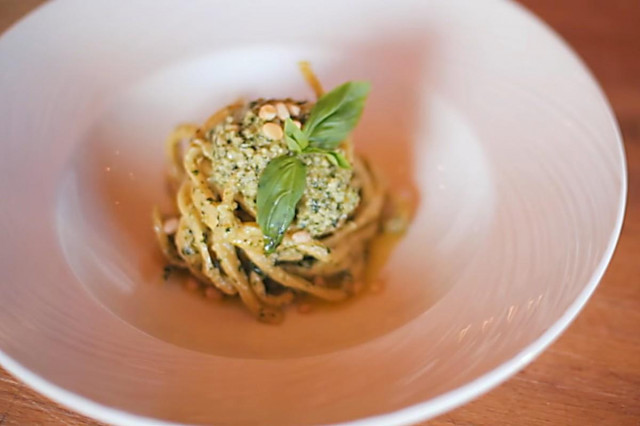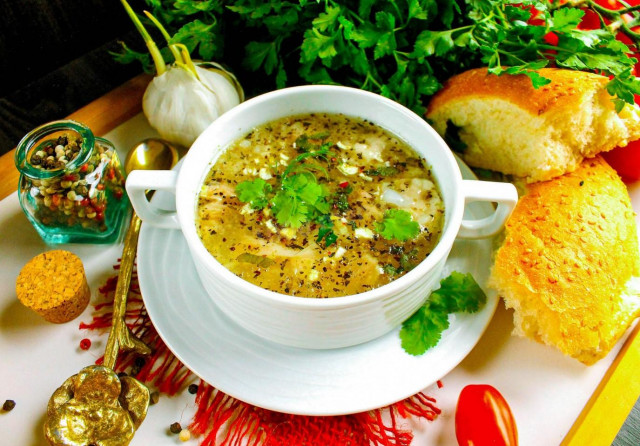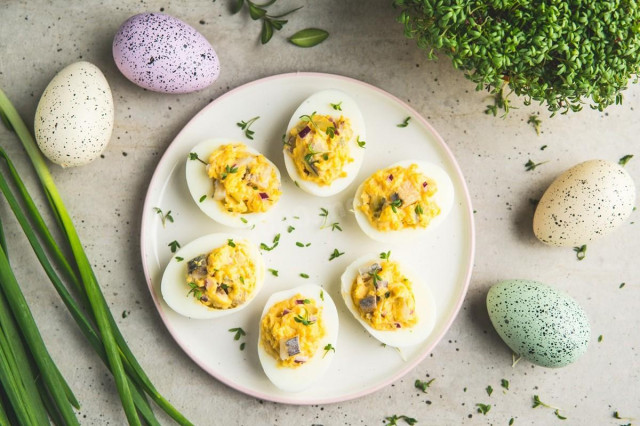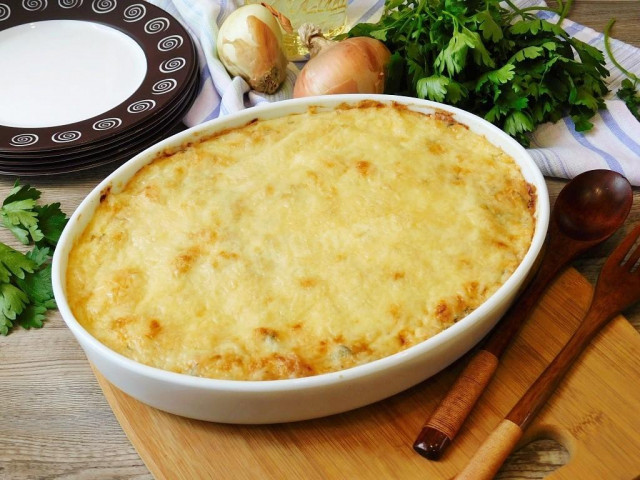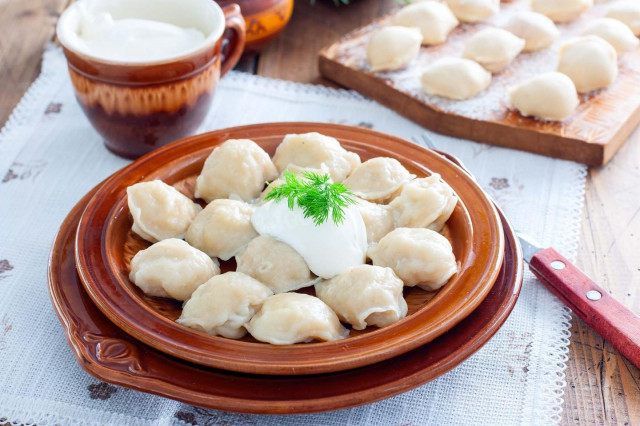Composition / ingredients
Step-by-step cooking
Step 1:
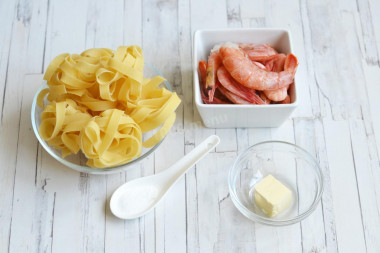
Prepare the necessary ingredients for the dish.
Step 2:
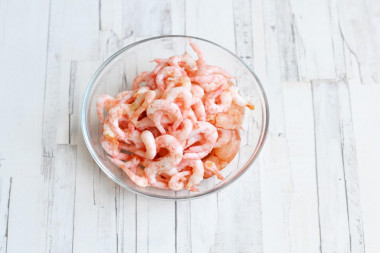
Defrost and peel the shrimp. The recipe indicates the net weight of the shrimp after cleaning. Therefore, take seafood with a reserve. If you have shrimp with a head and a shell, then about 550 g, if without a head, but with a shell and tails, then 400 g is enough !!! Do not rush to throw out the cleaning. They can be used to make a very delicious soup*.
Step 3:
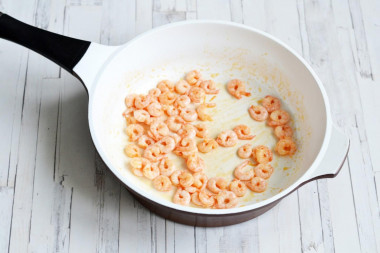
Heat a piece of butter in a frying pan, put the shrimp and fry, stirring, for about 4 minutes. Add a little salt to the shrimp and put it on a plate.
Step 4:
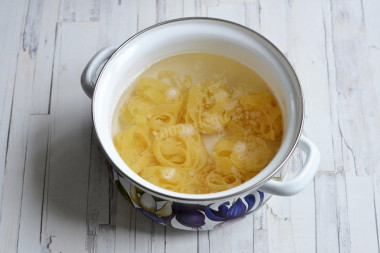
While the shrimp are frying in a saucepan, boil a large amount of water and add salt to it. Dip the fettuccine into boiling water and bring the water to a boil again. Cook for about 6 minutes over medium heat, stirring the pasta periodically so that it does not stick to the bottom of the pan.
Step 5:
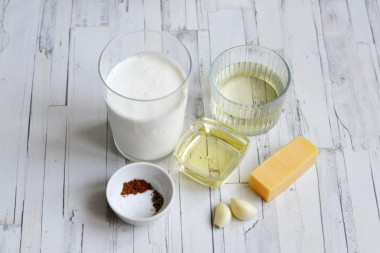
While the pasta is cooking, prepare the sauce.
Step 6:
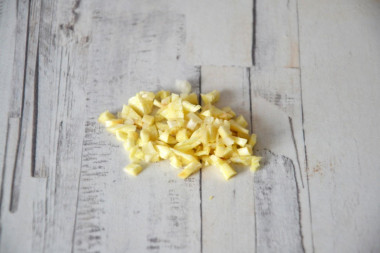
Peel the garlic and finely chop it with a knife.
Step 7:
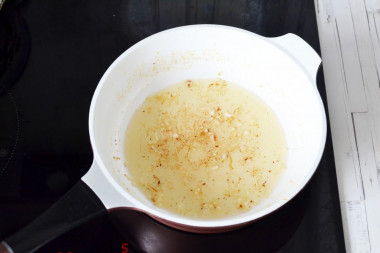
Pour vegetable oil into a frying pan and fry garlic on it for about 1 minute.
Step 8:
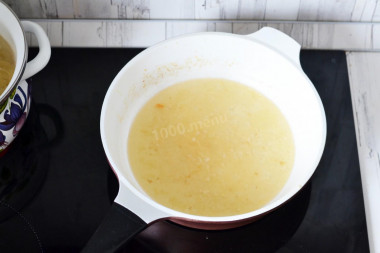
Pour in the wine and let it evaporate over low heat for about 2 minutes.
Step 9:
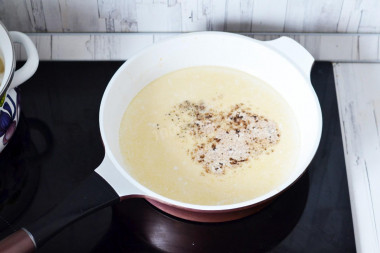
Add cream, nutmeg, salt and ground pepper. Bring the sauce to a boil and simmer until thickened for 3-5 minutes, stirring occasionally.
Step 10:
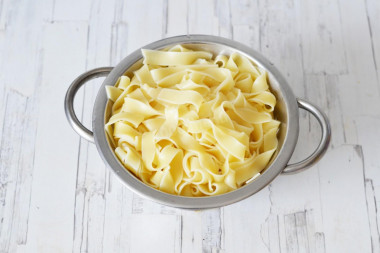
Boil fettuccine in plenty of water for about 6 minutes until al dente. Fold the finished pasta into a colander and let the water drain.
Step 11:
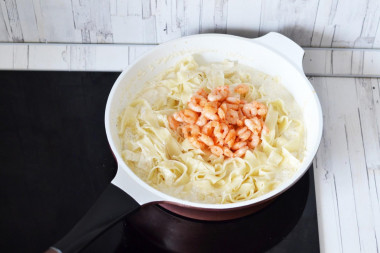
Put the pasta and fried shrimp in the pan with the sauce. Warm everything together, stirring, for a couple of minutes.
Step 12:
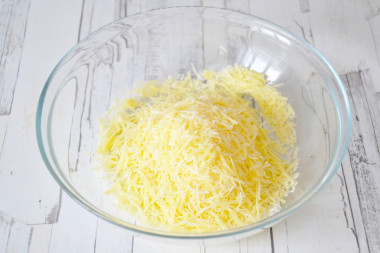
Grate the parmesan on a fine or medium grater. It is better, of course, to use aged cheese, with a small amount of moisture inside. But young parmesan will also do, which is very similar to ordinary cheese, but has a specific taste.
Step 13:
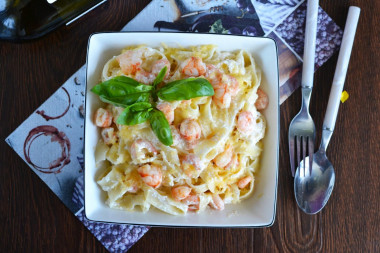
Arrange the pasta on plates and serve to the table, sprinkled with grated parmesan. Bon appetit!
Surely many have heard that some waste products should not be thrown away, they can be useful for other dishes.
For example, if you are preparing a second dish of shrimp and you have a lot of peelings left, then you can make an excellent Bisque soup from them . It will turn out to be a real monoob of seafood.
The calorie content of the products possible in the composition of the dish
- Canned shrimp - 81 kcal/100g
- Boiled shrimp - 95 kcal/100g
- Shrimps peeled frozen - 60 kcal/100g
- Fresh shrimp - 97 kcal/100g
- Buttermilk - 36 kcal/100g
- Cream of 20% fat content - 300 kcal/100g
- Cream of 10% fat content - 120 kcal/100g
- Cream - 300 kcal/100g
- Garlic - 143 kcal/100g
- Ground black pepper - 255 kcal/100g
- White wine - 78 kcal/100g
- Butter 82% - 734 kcal/100g
- Amateur unsalted butter - 709 kcal/100g
- Unsalted peasant butter - 661 kcal/100g
- Peasant salted butter - 652 kcal/100g
- Melted butter - 869 kcal/100g
- Vegetable oil - 873 kcal/100g
- Salt - 0 kcal/100g
- Parmesan cheese 45% fat content - 389 kcal/100g
- Nutmeg - 556 kcal/100g
- Fettuccine - 280 kcal/100g

